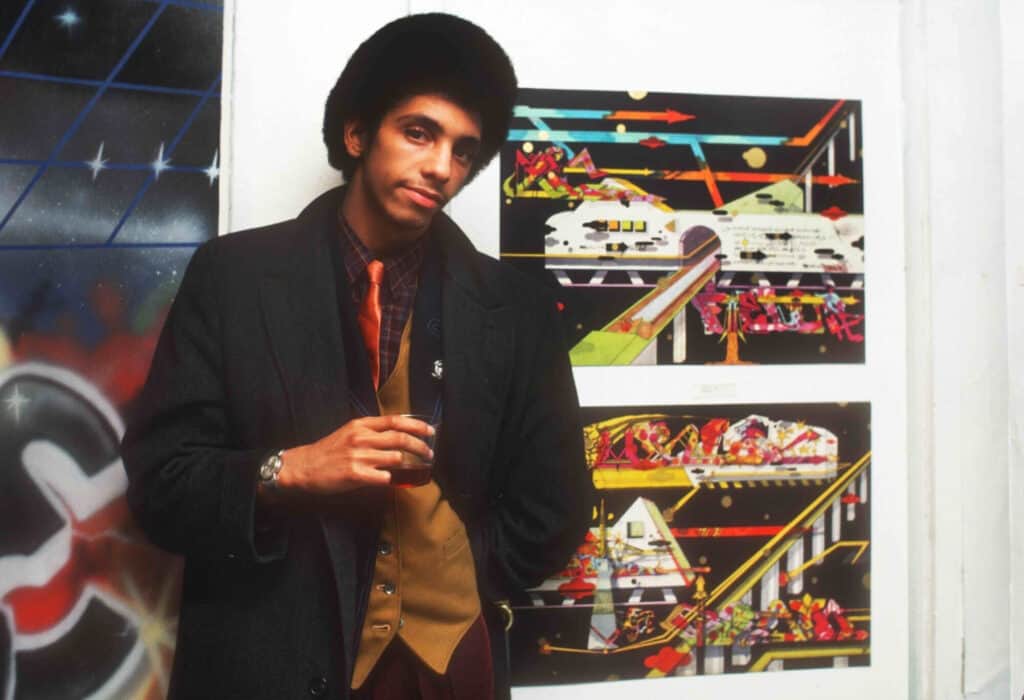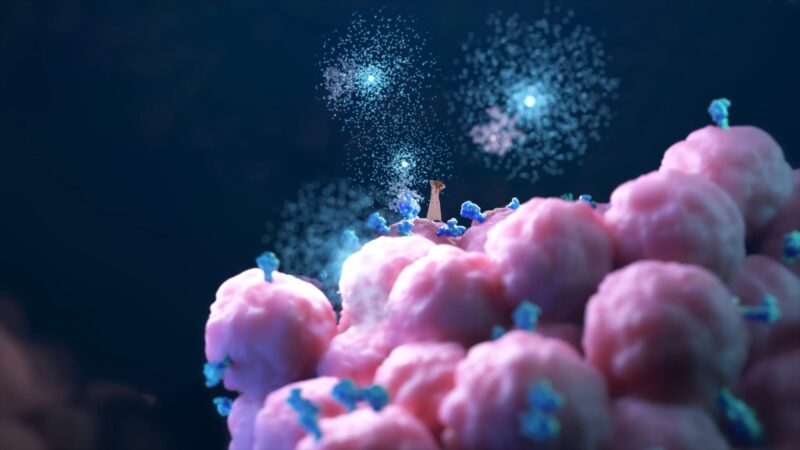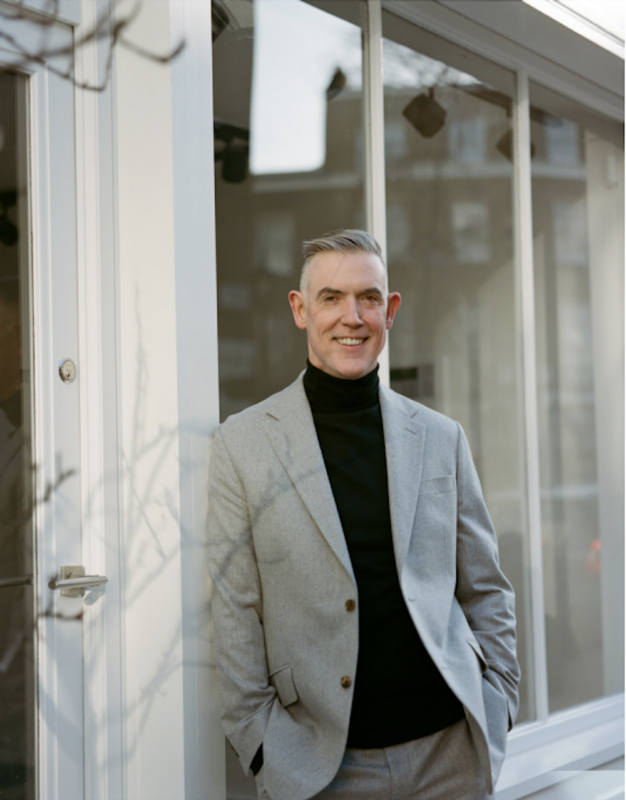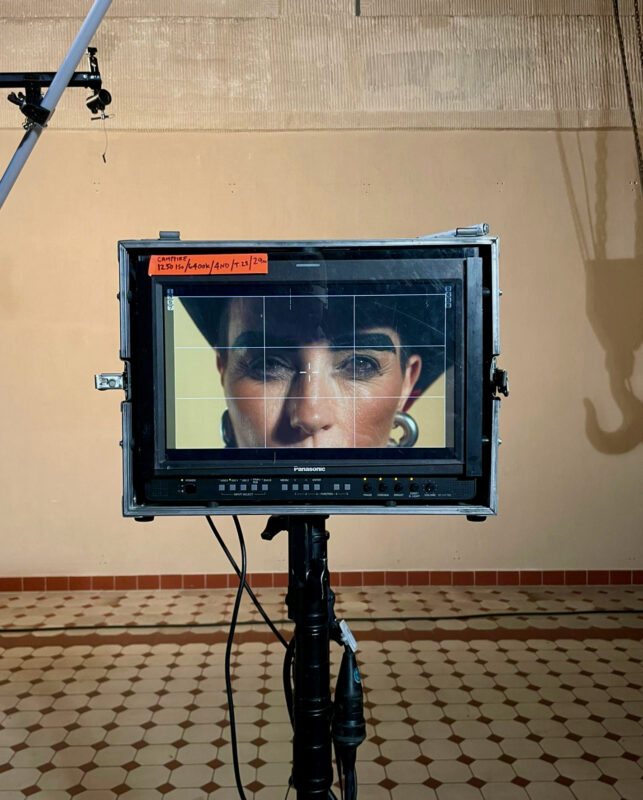
One of the most original and innovative figures of his generation, Rammellzee (New York, 1960—2010) was a polyhedric graffiti writer, visual artist, philosopher, and musician. Born in Far Rockaway, Queens from parents of Italian and African-American descent, Rammellzee began a brief graffiti career on the A train in the mid-1970s. The origin of the mythos surrounding the artist can be traced back to 1979 when, at the age of nineteen, he legally changed his name to the equation RAMM:ELL:ZEE. With the same programmatic resolve, he translated the militant virality and semiotic weaponry of graffiti lettering to a series of manifestoes. It was the genesis of his “Gothic Futurism” and “Iconoclast Panzerism” theories.
By the early 1980s, Rammellzee had earned a reputation as a seminal graffiti writer and MC and identified in the contemporary art world a promising ground for the development of his ideologies. “Rammellzee was not at all focused on the art world when we met or aware of how if functioned but was essentially just looking for a platform and an audience for his ideas. I decided to take Ramm under my wing, so to speak, and introduced him to some of the friends I was making downtown, like Jean-Michel Basquiat, Charlie Ahearn, Edit deAk, and Patti Astor. All saw he was brilliant and believed he was a fascinating artist who should be known and shown,” recalled Fab 5 Freddy (in Art in The Streets, 2011)
Over the next decade, Rammellzee’s ideas would materialize in a series of diverse and rich artworks which reflected the decaying and lawless reality of the New York City streets and yet enticed the commercially fervent Downtown art scene. His work was exhibited in galleries and museums and supported by international collectors. He appeared in Charlie Ahearn’s iconic film Wild Style (1982) and his 1983 song “Beat Bop” — produced and with a cover design by Jean-Michel Basquiat — was featured prominently in Henry Chalfant and Tony Silver’s documentary Style Wars (1983).
By the early 1990s, Rammellzee had originated a cast of personas and characters made real though costumes, paintings and sculptures constructed from repurposed trash and epoxy-resins. Rammellzee’s fleet of Letter Racers, Monster Models, and Garbage Gods settled in his TriBeCa loft, also known as the “Battle Station.” He would become increasingly reclusive and was rarely photographed without wearing his sci-fi-looking masks. He died in 2010 at the age of forty-nine. As with any true iconoclast, his birth name remains a mystery even to some of his closest friends.
Jeffrey Deitch met Rammellzee in 1980 and maintained a dialogue with him for many years. He was with Rammellzee and Jean-Michel Basquiat in Los Angeles in 1983 when Basquiat painted his iconic work Hollywood Africans featuring a self-portrait and portraits of the artist Toxic and Rammellzee. Deitch and Rammellzee spent several years planning a gallery exhibition but the project was never realized. After the artist’s death, Deitch recreated the Battle Station in collaboration with the artist’s wife Carmela in his 2011 Art in the Streets exhibition at MOCA.
Jeffrey Deitch will present his first gallery exhibition with Rammellzee in Los Angeles in the fall of 2022.
Several major works by Rammellzee will be exhibited at the Jeffrey Deitch booth at Art Basel Miami Beach.







